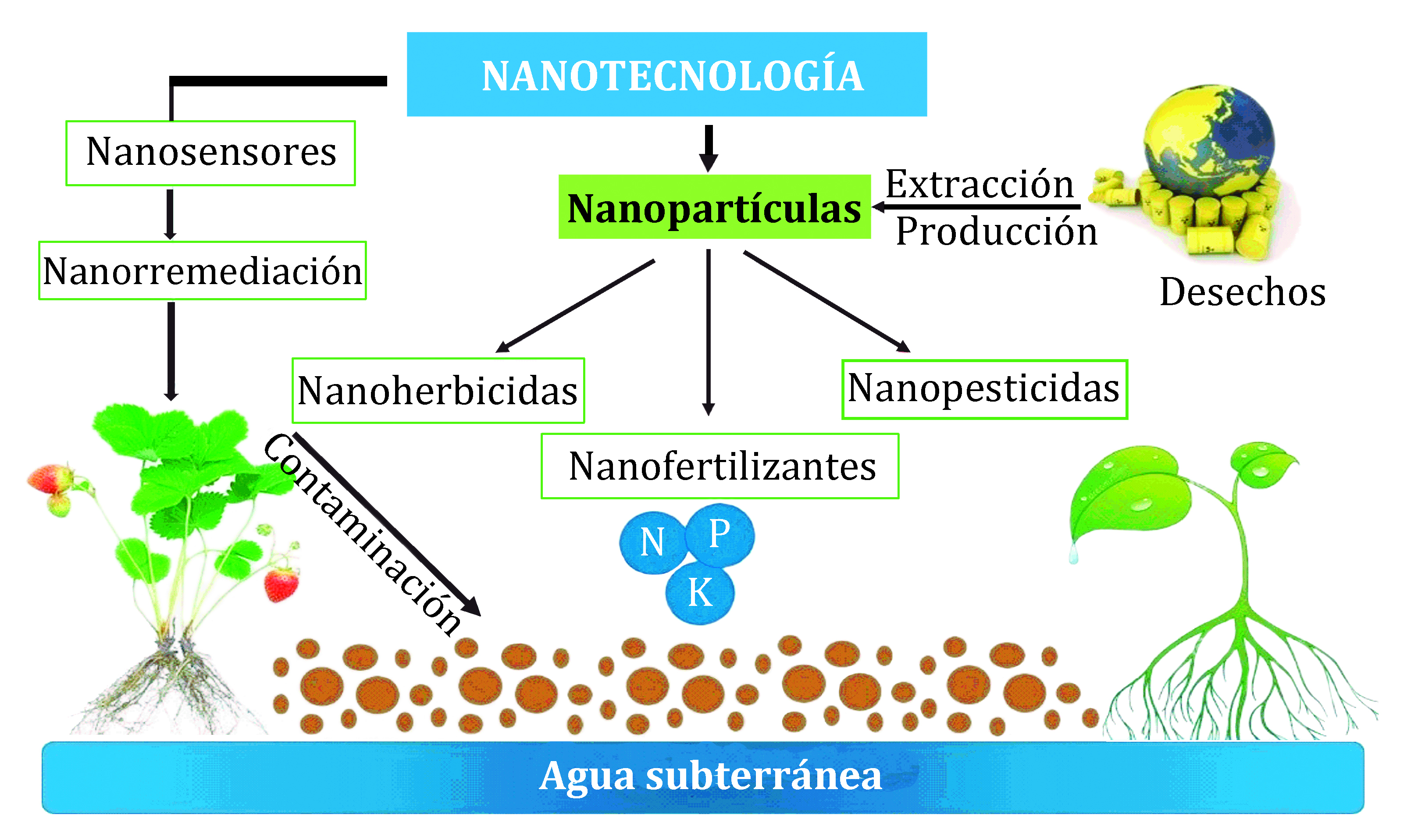Agronanotechnology: a new tool for modern agriculture
Keywords:
sustainable agriculture, nanotechnology, nanoparticlesAbstract
Nanotechnology (NT) is focused to study the materials at the atomic and molecular scale (1-100 nm), the most studied are metallic nanoparticles (NPs) and those derived from carbon. In modern agriculture NPs are investigated because they offer the possibility to control plant pathogens and to increase the yield of plant crops. Nanotechnology provides scientific tools to design and prepare important products such as fertilizers and plant growth promoters. However, scientific literature is plenty of mix results; for example, some papers reports the benefits obtained from the application of carbon nanotubes and metal NPs, promoting plant growth effects, while others papers mention inhibition and phytotoxicity on seeds and plants. NT in agriculture to produce nanofertilizers and pesticides is still being investigated; however, derivative products and applications have been steadily increasing in recent years and are expected to continue growing. Currently, the worldwide demand for food is increasing and research and products to enhance crops yield are still insufficient. Therefore, the industry needs to generate nanoproducts for the development of a sustainable agriculture. Consequently, this review presents recent results about the use of NPs in agriculture, and its potential uses as nanofertilizers and plant growth promoters.
Downloads

Downloads
Published
How to Cite
Issue
Section
License
Aquellos autores/as que tengan publicaciones con esta revista, aceptan las Políticas Editoriales.










.jpg)




